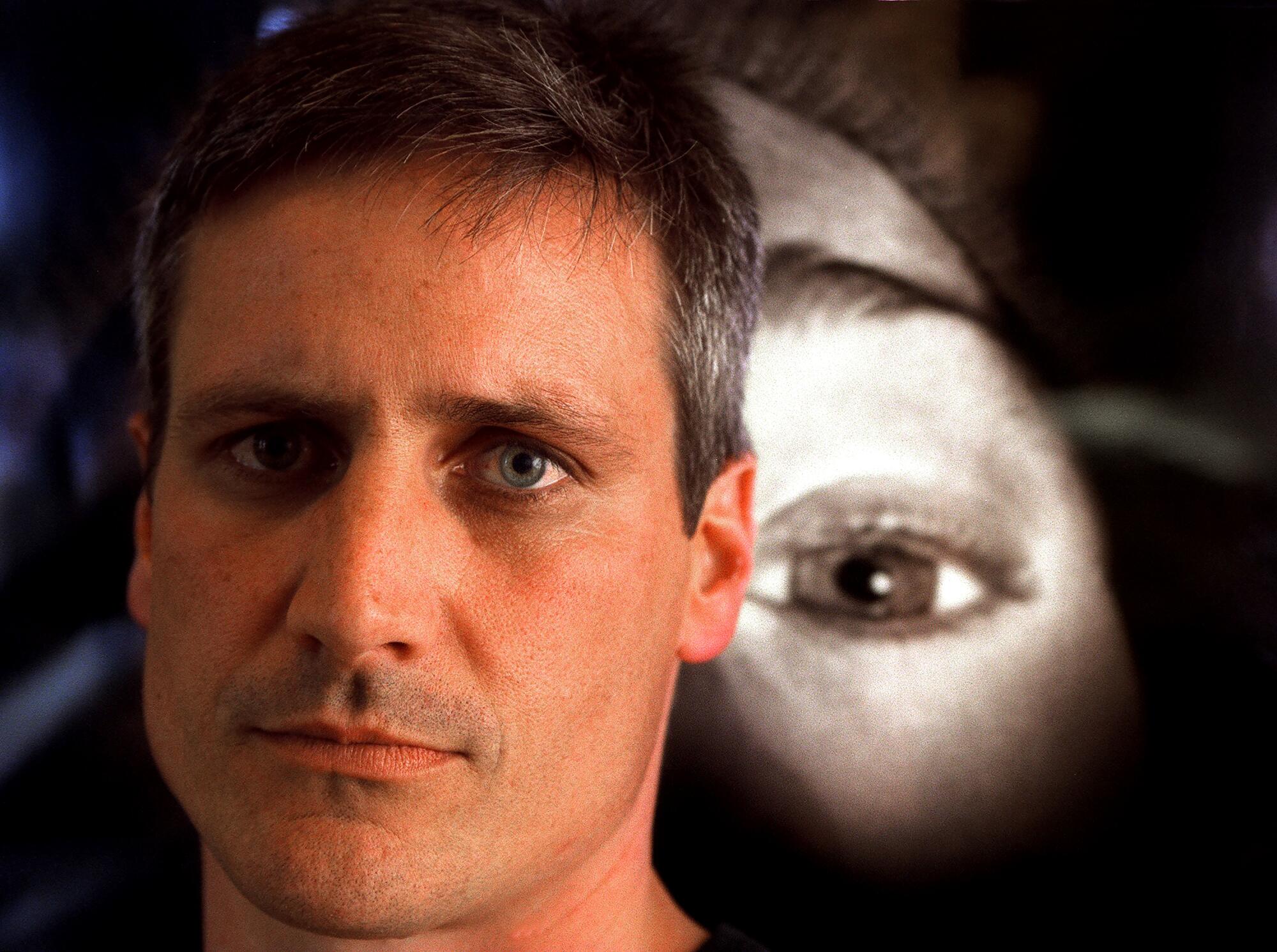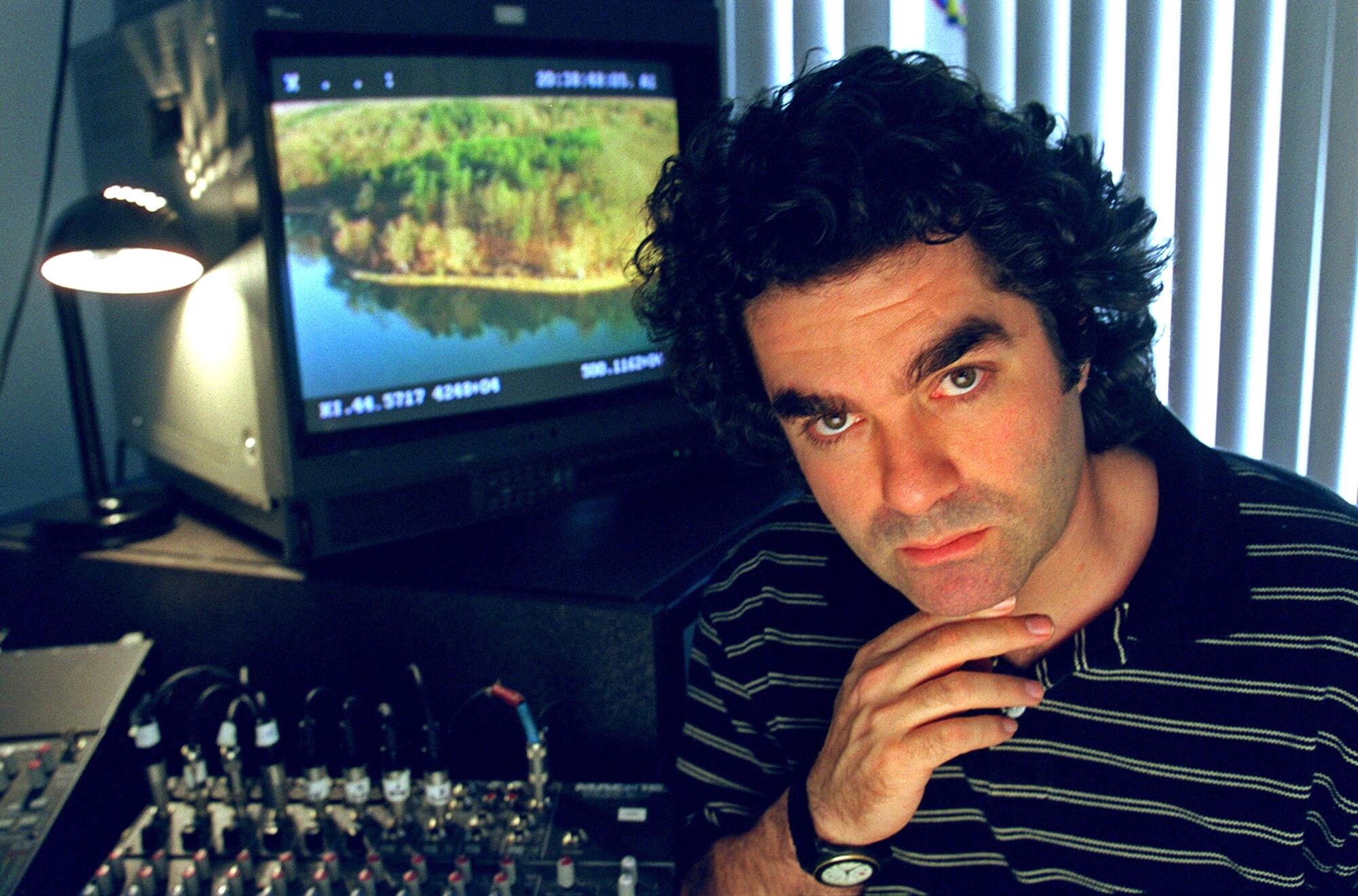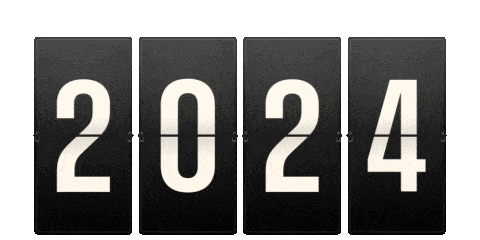Animation by Tomasz Czajka / For the Times; photographs by Artisan Entertainment
In the beginning was the Word â or, as they call it in Hollywood, word of mouth.
For as long as there have been movies, studio marketers have relentlessly pursued ways to get people to talk about them. Whether through grabby trailers, glowing reviews or the water-cooler recommendations of satisfied audiences, word of mouth was the engine that could organically turn a little-known film into a sleeper hit through the power of communal buzz.
In the 1990s, the explosive growth of the internet promised to supercharge this engine into a high-speed, global force, extending the reach of movie marketing campaigns into uncharted corners of what was still being quaintly called âcyberspace.â But at a time when the concept of virality was still confined to infectious diseases, it took a low-budget, under-the-radar horror movie called âThe Blair Witch Projectâ to wake up the industry to this new toolâs full revolutionary potential.
The 1999 Project
All year weâll be marking the 25th anniversary of pop culture milestones that remade the world as we knew it then and created the world we live in now. Welcome to The 1999 Project, from the Los Angeles Times.
Directed by Daniel Myrick and Eduardo SĂĄnchez on a shoestring budget of $60,000, âBlair Witchâ purported to be not a fictional story but the actual footage found in camcorders left behind by three young filmmakers who disappeared in the Maryland woods in 1994 while making a documentary about a mythical local hermit who abducted and slaughtered children. When âBlair Witchâ premiered at the 1999 Sundance Film Festival, the filmâs cast of unknowns â who had used their real names in the movie â were listed as either âmissingâ or âdeceased.â
For the record:
8:55 a.m. July 31, 2024An earlier version of this story credited Artisan Entertainment with launching a promotional website for âThe Blair Witch Project.â The distributor relaunched a site created by the filmmakers months prior.
Months before the film had even reached Sundance, âBlair Witchâ filmmaker and producer Haxan Films had launched a guerrilla-marketing website, blairwitch.com, that seeded the mythology with fictional police reports, newspaper articles, journals and interviews, drawing some 100,000 views before anyone had even seen the film. Snapping up the filmâs distribution rights at Sundance for $1.1 million, Artisan Entertainment set about amplifying the is-it-real-or-not campaign, relaunching the website on April Foolâs Day and regularly updating it in the run-up to the filmâs release to further stoke the mystery.
John Hegeman, Artisanâs head of marketing, was a true believer in the potential of the internet, having set up the first promotional movie website for the 1994 sci-fi film âStargate.â Whereas a traditional studio movie marketing campaign could easily run to $25 million or more, Hegeman recognized that the internet could get the word out to an even wider audience, at just a fraction of the cost of print and TV ads.

âThere are a lot of other ways to get to people other than throwing money at them,â Hegeman told The Times in a 1999 interview, noting that the filmâs total pre-release marketing spending came to just $1.5 million. âWhen people say something canât be done, that in itself is motivation enough to say, âYes, it can.ââ
Within weeks of its relaunch, the âBlair Witchâ site was racking up 3 million hits a day. Artisan extended the unsettling marketing campaign with documentary-style trailers that featured stark, hand-held footage accompanied by frightened voices and screams. Young interns at the company were deployed to cafes and dance clubs around the country to ask people what they knew about the supposed legend of the Blair Witch, armed with realistic-looking âmissingâ posters for the filmâs three stars.
By the time âBlair Witchâ was released in July 1999, anticipation had reached a fever pitch â and the rest of Hollywood had taken notice. Jim Fredrick, professor of entertainment marketing at Chapman Universityâs Dodge College of Film and Media Arts, was senior vice president of creative advertising at Warner Bros. at the time and remembers marveling at the amount of buzz the indie distributor was able to generate through its grassroots campaign.
âThe whole concept of found footage and making it a question of âIs this real or not?â was just ingenious,â Fredrick says. âAt any major studio, youâve got big marketing budgets and youâre using research and testing things. Artisan didnât have those tools or the money, so they had to figure out other ways â and lo and behold, hereâs this thing called the internet and itâs incredibly cheap, if not free. These guys fooled the world, like Orson Welles with [the 1938 radio drama] âThe War of the Worlds,â and it became a phenomenon.â

Opening in just 27 theaters, âBlair Witchâ proved an instant sensation with audiences, earning a staggering $56,000 per screen, despite reports that some audience members vomited from the mix of fear and motion sickness caused by the filmâs shaky footage. By the end of its theatrical run, the movie had expanded to more than 2,000 theaters and grossed nearly $250 million worldwide, over 4,000 times its original budget, making it one of the most profitable independent films of all time.
As the âBlair Witchâ filmmakers worked to expand the film into a multimedia franchise including books, comics, video games and a sequel, others in Hollywood tried to emulate its formula. In the years that followed, movies like âCloverfield,â âParanormal Activityâ and âThe Last Exorcismâ would borrow the found-footage concept with varying degrees of success. But recapturing the lightning-in-a-bottle cultural phenomenon of âBlair Witchâ proved difficult as audiences grew more savvy to such marketing trickery.
âI canât remember a horror movie I worked on after 1999 where the producer didnât say, âCanât you do for me what they did for âBlair Witchâ?ââ says Fredrick. âItâs very frustrating to have to tell the producer, âNo, you donât understand â we canât repeat history here.â The public has gotten very smart and theyâre very hard to trick. Youâre talking about the stars aligning in a way that may never be repeated again.â
John Hegemanâs promotional brew--a Sci Fi special, a Web site, a comic book, not a lot of money--is paying off for the indie thriller.
Still, though it may have proved difficult to replicate, âBlair Witchâ offered a proof of concept of the power of internet-based marketing, prompting studios to look for innovative ways to reach audiences through interactive digital campaigns and shared experiences rather than traditional media outlets. More broadly, it helped usher in a new era of pop culture in which the lines between reality and fiction would grow ever murkier.
A quarter century later, Fredrick says even the young students in his film marketing course, who were born in the smartphone era, recognize the pivotal moment âBlair Witchâ represented.
âEvery semester, I have an assignment for students to present a case study of their favorite marketing campaign, and every semester someone pulls out âBlair Witch,ââ he says. âEven though they werenât alive when the movie came out, theyâre impressed â and kind of astounded â by the gullibility of people believing this was real. Thatâs a real nod to just how effective âBlair Witchâ was. People love unwinding a mystery.â
More to Read
Only good movies
Get the Indie Focus newsletter, Mark Olsen's weekly guide to the world of cinema.
You may occasionally receive promotional content from the Los Angeles Times.













